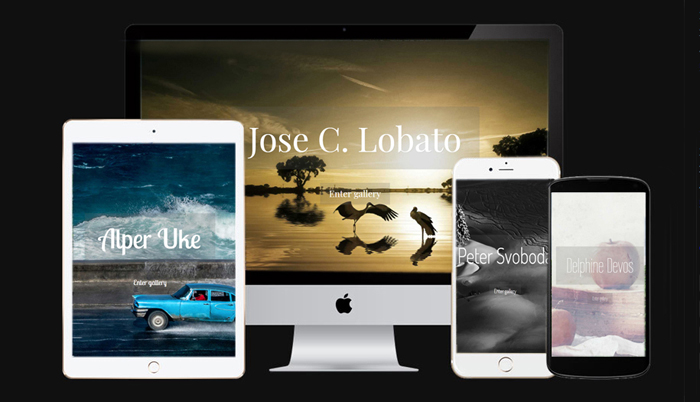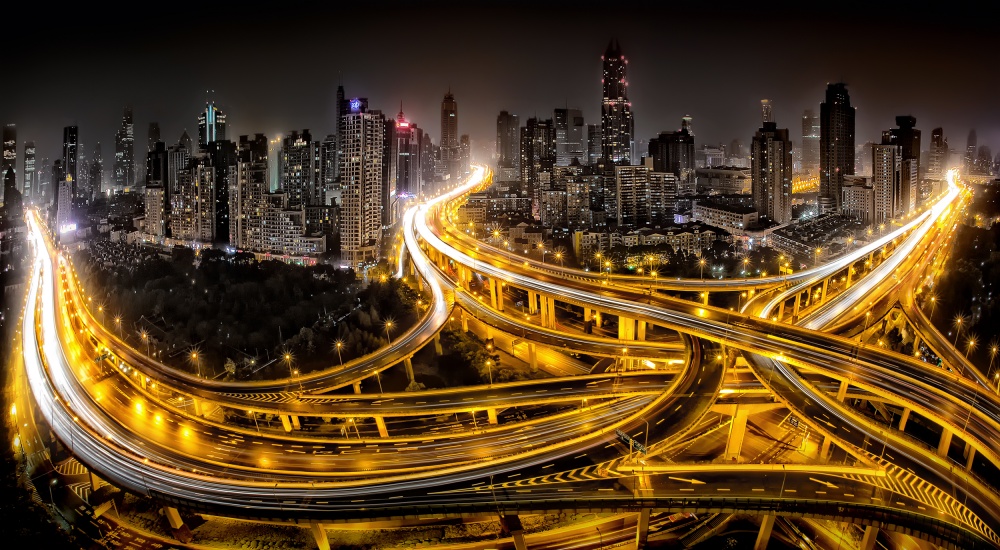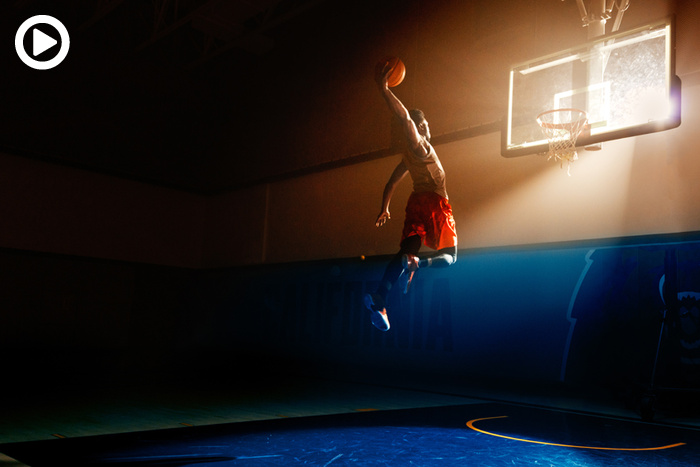Tips & Tricks
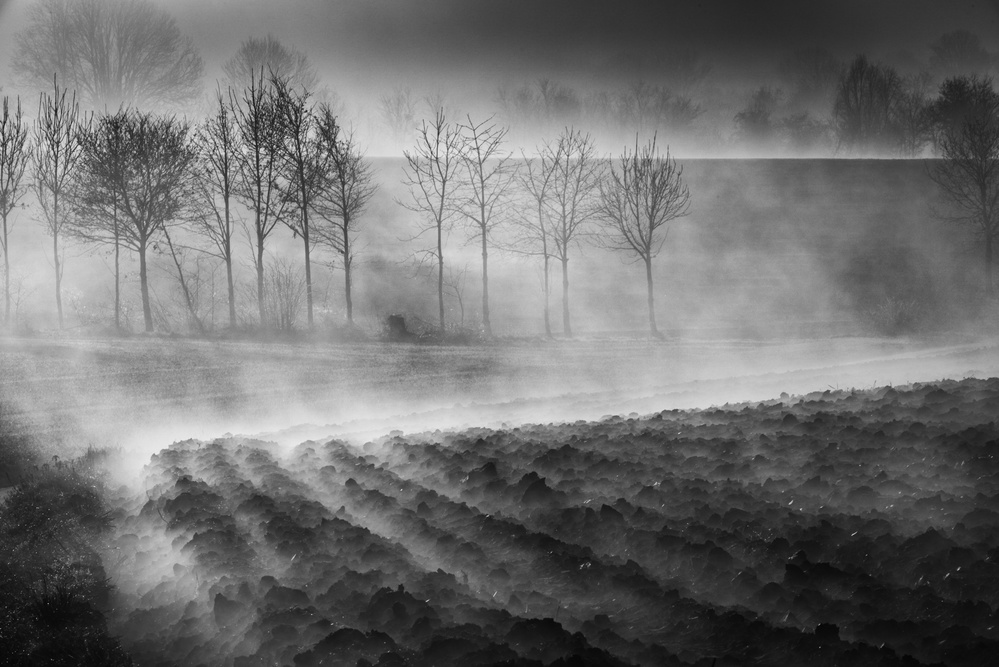
Eddy Verloes: Photographer of the week
1x Blog-Tips & Tricksby Editor Yvette Depaepe
Eddy Verloes quotes: “Photography is not my hobby, it’s my passion.” His work is very diversified but strong whatever the subject is. One can perceive that his heart and mind are the lenses he uses all the time when shooting. Eddy also has a very kind personality and a great sense of humour. Let us listen to what he gently reveals about him in this interview.
Briefly tell us about yourself, your hobbies and other jobs
I live in Boutersem, a small village in Belgium, and I work at the Royal Military Academy as a teacher. I have a lot of interests: sports, music, arts, human intrest, dogs, the good life, travelling, photography, etc. Although I love travelling and discovering different cultures around the world, I still enjoy the peacefulness of my village where I prefer to live and where I also take many pictures of the beautiful nature and of my wonderful dog.
What are your achievements regarding photography (prizes, exhibitions). Describe your overall photographic vision
I started with photography about six years ago after I stopped as organizer of a big musical event “Leuven Plaza Proms”. In these past six years I published two books. Both books were launched by Sven Gatz, Minister of Culture, simultaneously with a showcase of my work in a gallery in Knokke on the Belgian coast.
In the first book “No time to Verloes” (2015) I confront the viewer not only with the insignificance of man in nature, where he is only a spot in the great whole, but at the same time, I set his sights on that spot and my photos raise a gentle or even broad smile on our faces. What, in fact, are we doing here? We race past ourselves all year round only to make up the “lost time” in one or another paradise. Perhaps nature is the point of light and/or repose in the search for man himself. That is also why you will often find in my photos a lonely runner, cyclist or man out walking (with or without dog) who perhaps brings us to the understanding that the time we spend here is actually no more than a grain of sand in the desert.
In my second book “Cuba libre” (2016) I describe the reality of Cuba anno 2016 in a poetic and confrontational manner, with the necessary symbolism, often spiced with that touch of humour that has become a trademark of my photgraphy. My photos tell a tale, a story in time, but also much more than that. What I bring with my Cuba project is a deeply human documentary and it shows a sincere respect for the people of Cuba and their past.
To me, photography is an art of observation. It’s about finding something interesting in an ordinary place. You just have to care about what’s around you and have a concern with humanity and the human comedy.
What is more important to you, the mood/story behind your images or the technical perfection?
I think that emotional content is the most important element of an image, regardless of the photographic technique. It’s often about the simple things, isn’ it? Painting and photography are first about seeing. Technique is secondary to me. Sometimes the simple is the most difficult. The heart and the mind are the true lens of the camera.
What generally is your relationship to your subject matter beyond being an observer? Do you prepare carefully the locations where you are intending to photograph?
First rule to be a photographer, you have to be invisible. I don’t need to have a kind of relationship with my subject and I don’t need to prepare my locations. I do a lot of street photography. The essence of street photography is about documenting everyday life and society on the streets. It’s a genre of photography usually done candidly without permission and without your subject’s knowledge. The most spontaneous photos are for me the most interesting. The important thing with street photography is to have fun and enjoy getting out with your camera. My goal is to capture emotion, humanity and sometimes depict a person’s character. Perception and intuition are the most important factors. Perception requires a creative eye for detail. Intuition is immediate and is not duty-bound to any attentive reasoning. These two factors are combined to create the “decisive moment”, an amazing process that takes your images to the next level. To me, the greatest moments in life are the ones right in front of you. I agree with Henri Cartier-Bresson, one of my favorites, who says that photography is the simultaneous recognition in a fraction of a second of the significance of an event.
What gear do you use (camera, lenses, bag)? What software do you use to process your images?
I bought a Nikon D810 two years ago and I use most of the time the Nikon lens 24-70 mm f/2.8 and sometimes a 70-200mm f/2.8 or a 14-24mm f/2.8. From time to time I use a Lensbaby Pro. Silver Efex Pro 2 is my favourite editing software for converting my images to B&W.
Who are your favourite photographers and more importantly, how has your appreciation of their work affected how you approach your own photography?
I really like the work of many photographers, and in some of them I see similarities to my style of photographing, especially when they have a kind of humour in their photographs. Martin Parr is one of my idols in street photography. He has been photographing beach life over many decades and in many countries. One of the reasons why I love his work so much is that his photographs have strong statements about society – and always has a certain viewpoint or critique. Many of his photographs are funny, interesting, or sometimes downright depressing. He interjects his own opinion and thought into his photographs and shows how he sees the world – and challenges us to see the world differently as well. When looking at Martin Parr’s photography, the viewer is often unsure whether to laugh or to cry. He finds the extraordinary in the ordinary. In some of my photos I found an inspiration in him.
Other photographers I like very much are: Harry Gruyaert and the surrealism of his work. I love his book “Roots” about the banality of the beautiful, the beauty of ugliness of … Belgium. Stefan Vanfleteren with his book “Belgicum” which is a subjective photographic documentary about Belgium in B & W. Josef Koudelka because of his unusual point of view, the magic of street photography of Saul Leiter, the importance of composition in the work of Martine Franck, the photographs of Jehsong Baak which are a reflection of his many travels and testimony of his incisive eye. His velvety ink-like images bring to mind artists such as
Bill Brandt and Man Ray where the night, the dark and the light are surrounded by a symbolist air.
Eddy, we have nearly reached the end of this interview and now I would kindly ask you to share with us your future plans or photographic projects you would like to involve in.
For the moment I just started to work on a third book/project where poetry, storm, sea and emotions are key words. I hope to finish it at the beginning of 2019. The problem I have is that I have a lot of intrests: street photography, landscape photography, candid photography, concert photography … so it is difficult for me to be fixed to one genre. Therefore for the outer world it could be not so easy to recognize immediately my style. I sometimes envy photographers who have only one fixed style.
But I know I still have a long way to go, I just tasted photography a little bit and I have no idea which way I will take in a couple of years. But I believe that the photographs of someone are most of the time a reflection of the character or the mood of the photographer at that time. I think photographers never simply record the world, they always interpret it. Each image is framed by the person who makes it, and to frame is to exclude.
Is there anything you wish to add and what do you think about 1x as a home base for your work?
End of December 2016, about 16 months ago, I joined 1x.com and since then I fervently started following it, discovering other people’s work and posting my own.
I was impressed by the quality of the images displayed in the front page, but the feature that struck me most was the curation process. The two separate stages – member’s choice and expert’s selection – create the conditions for an, as far as possible, objective assesment. To cut it short, if you are photographer, 1x.com is truly a home.
Once again, thank you Yvette and 1x for this opportunity.
Check out my website: www.verloes.com
. '

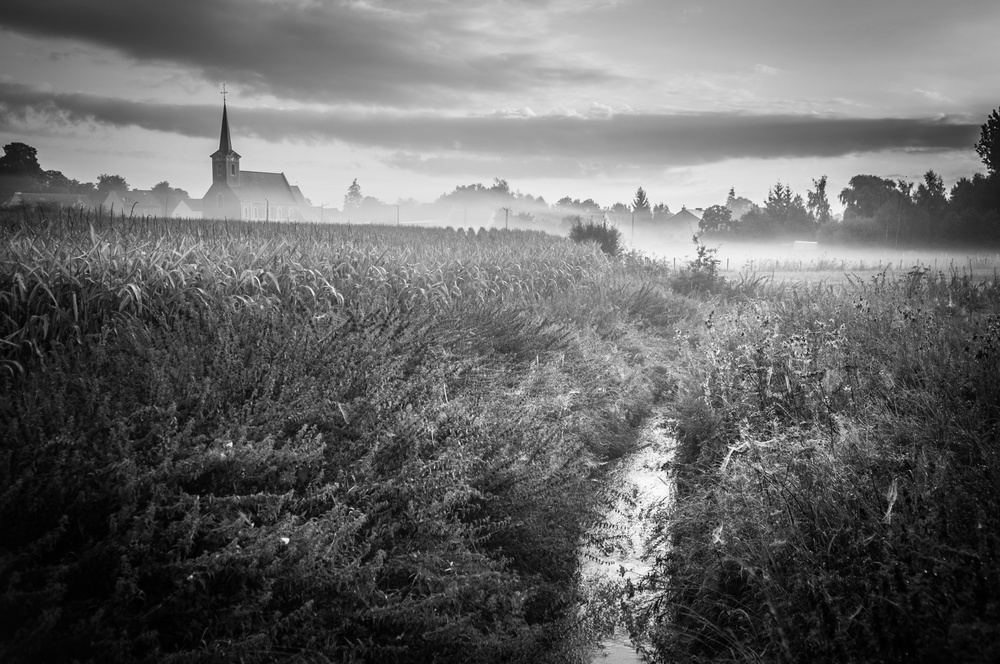

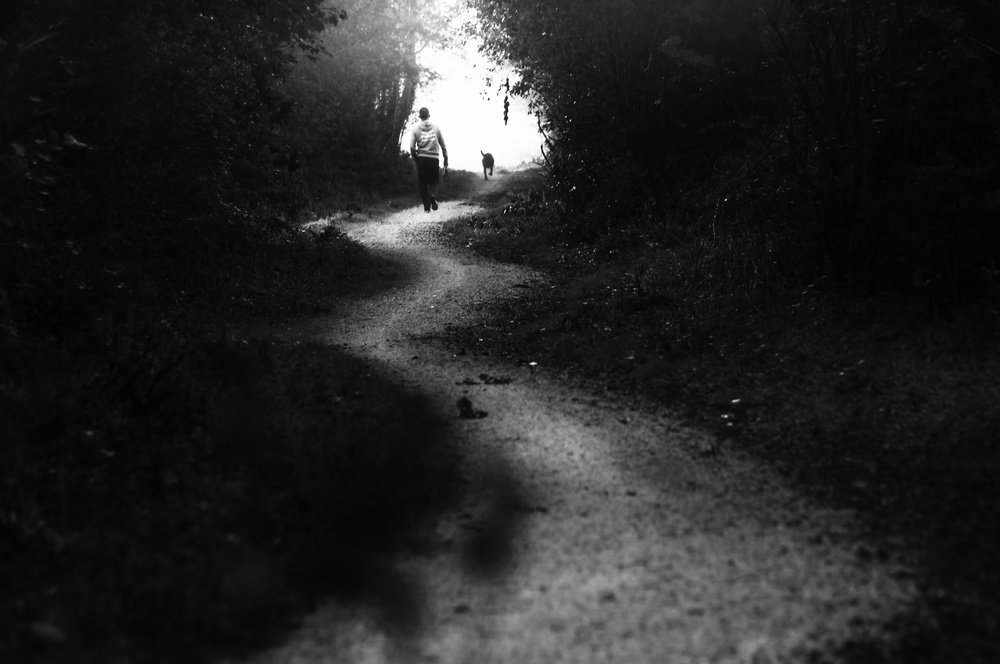
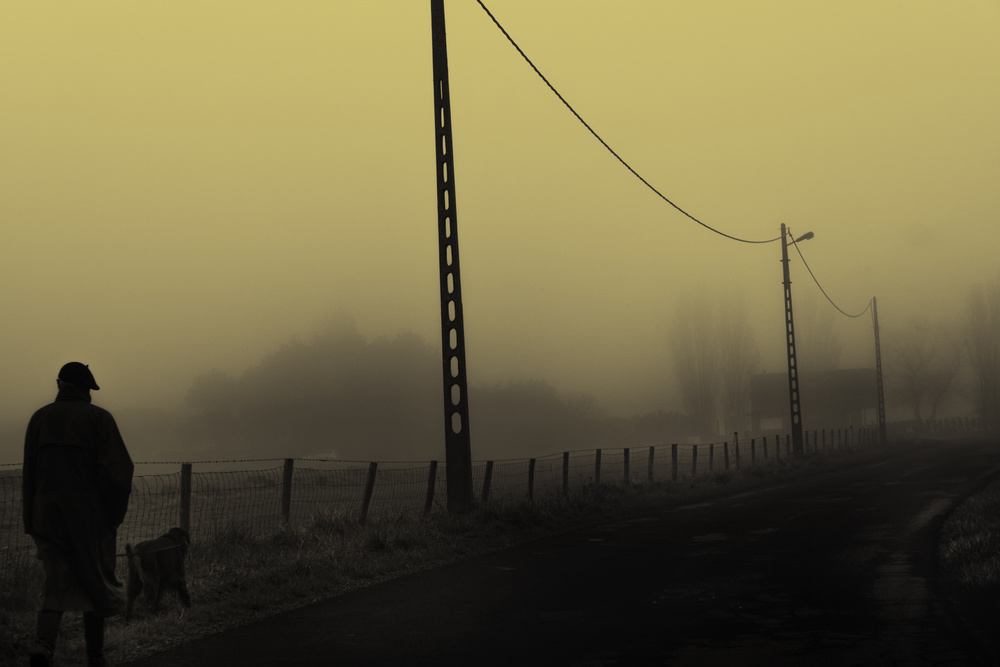
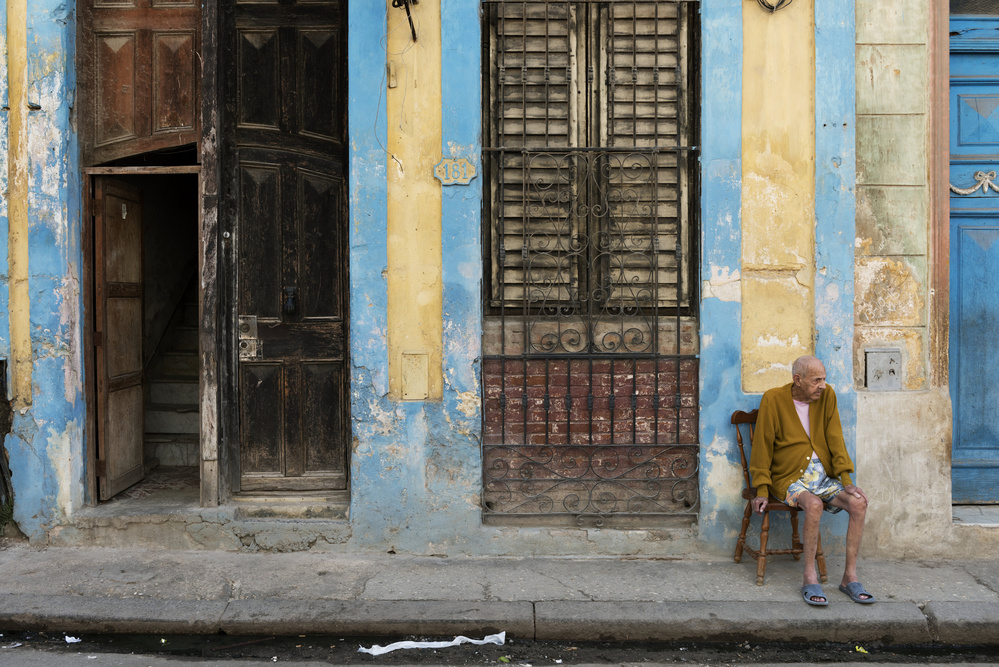
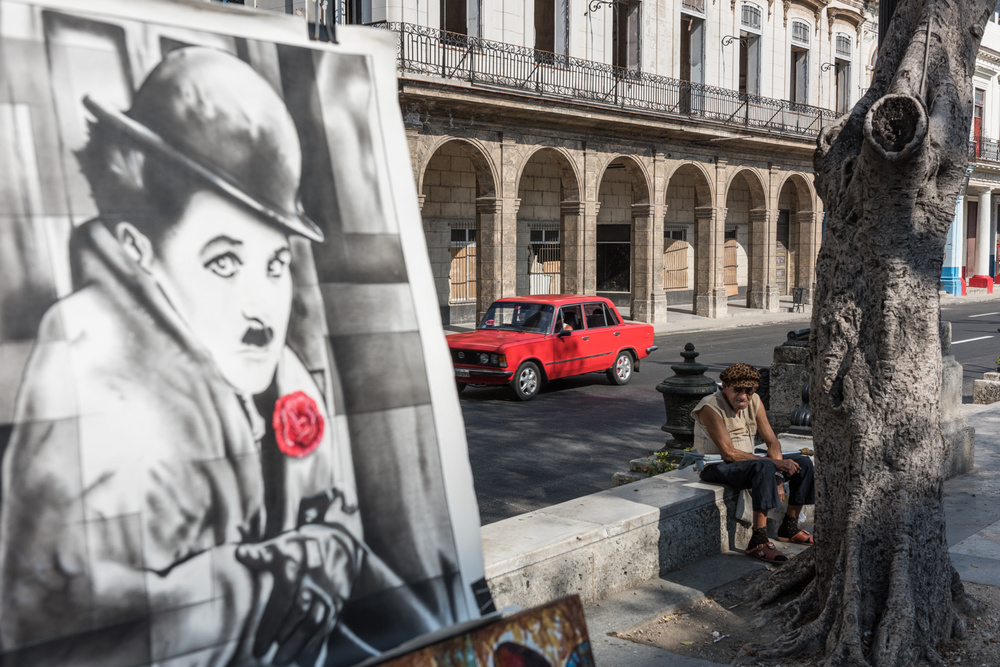
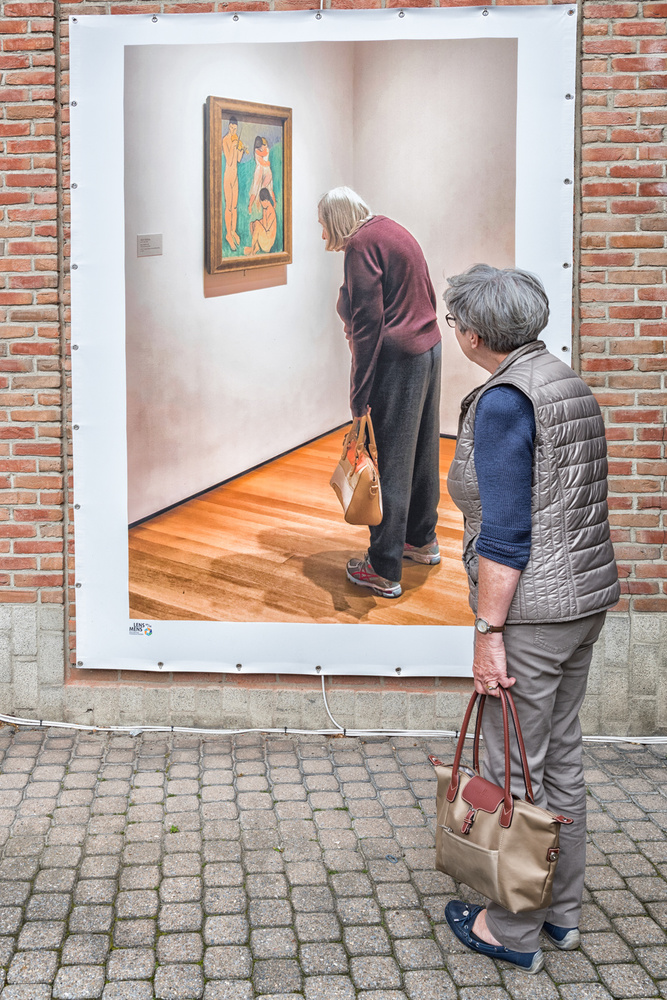
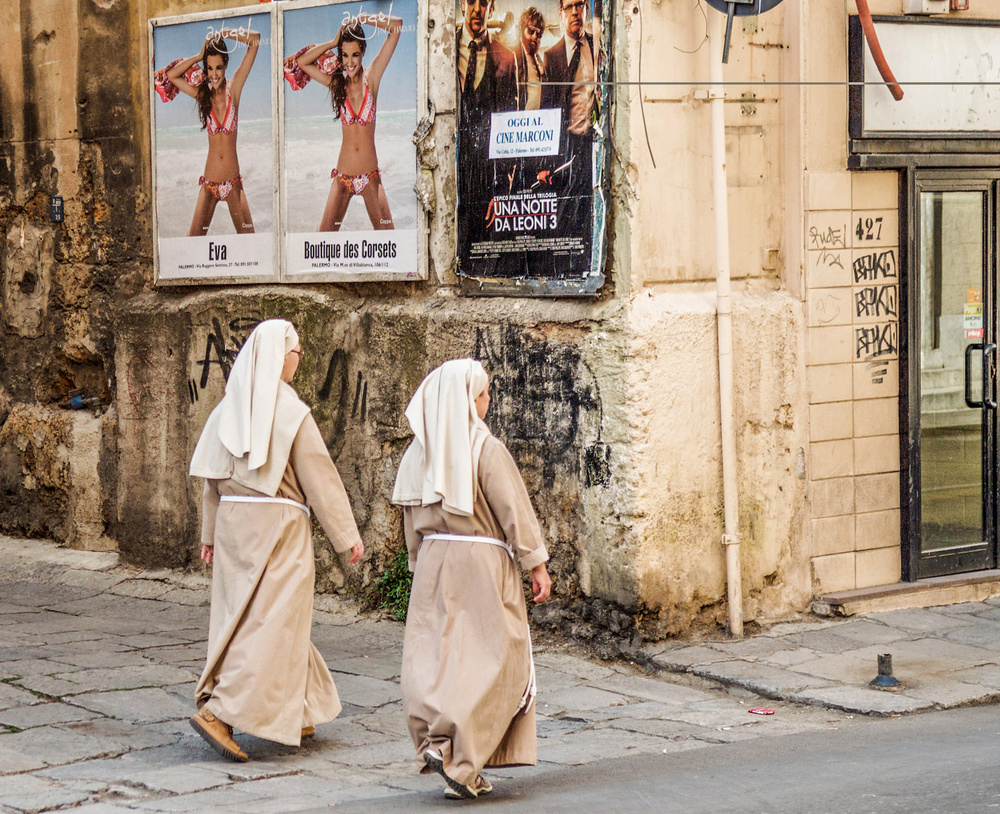
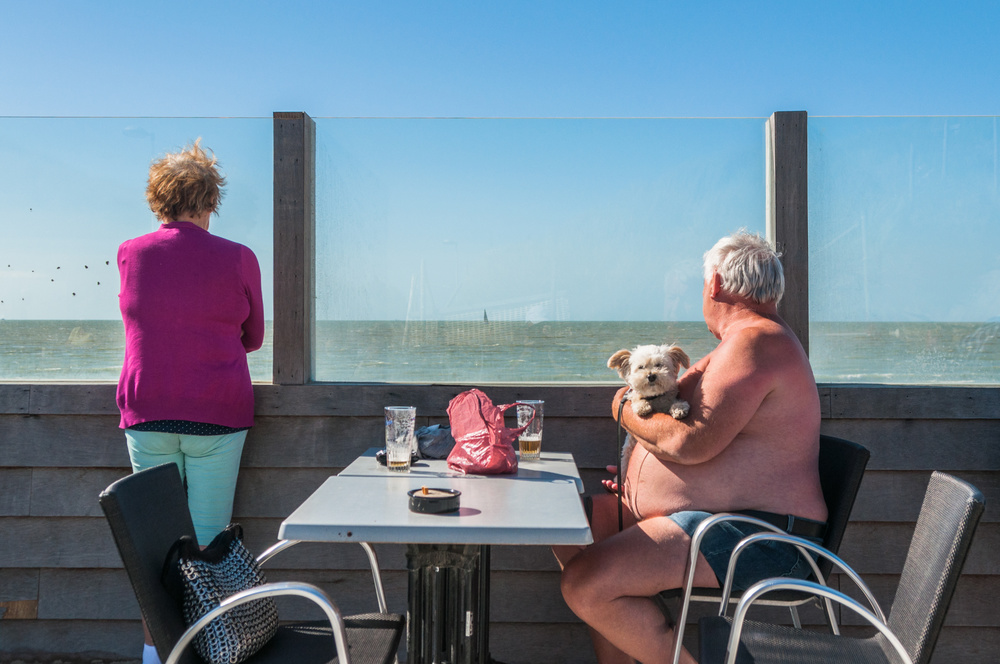
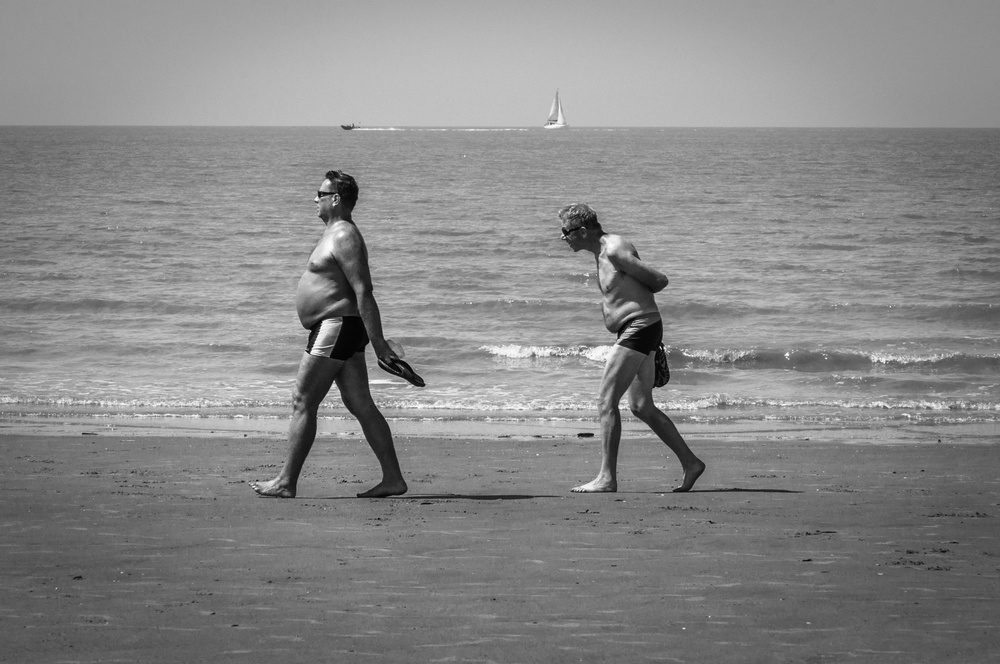
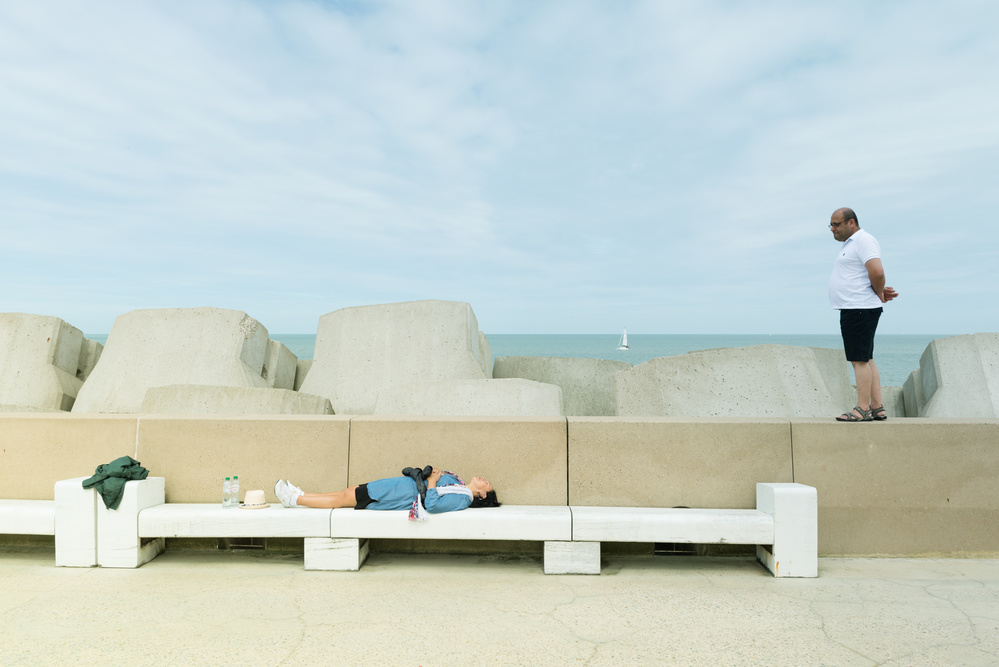
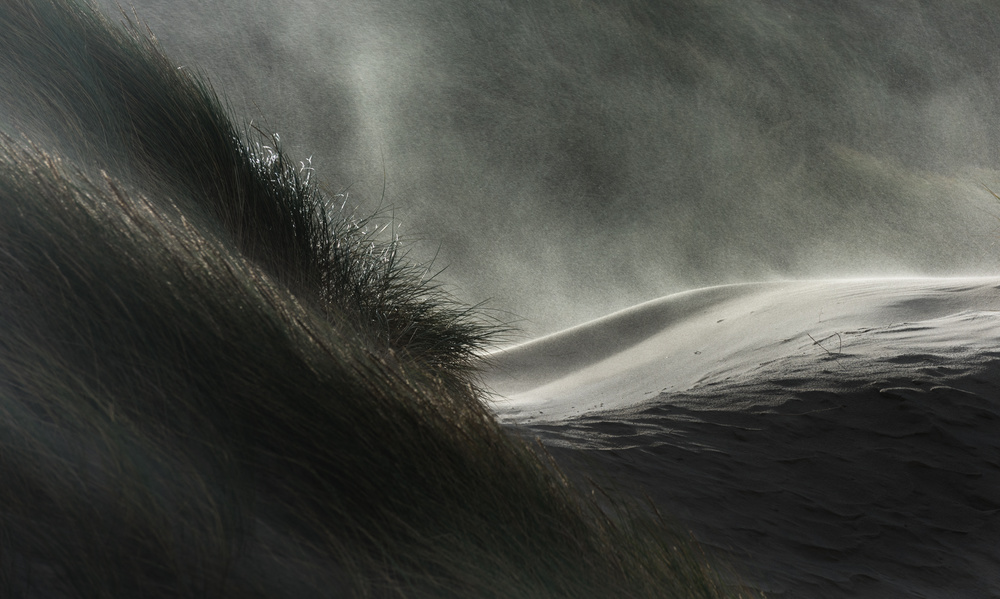
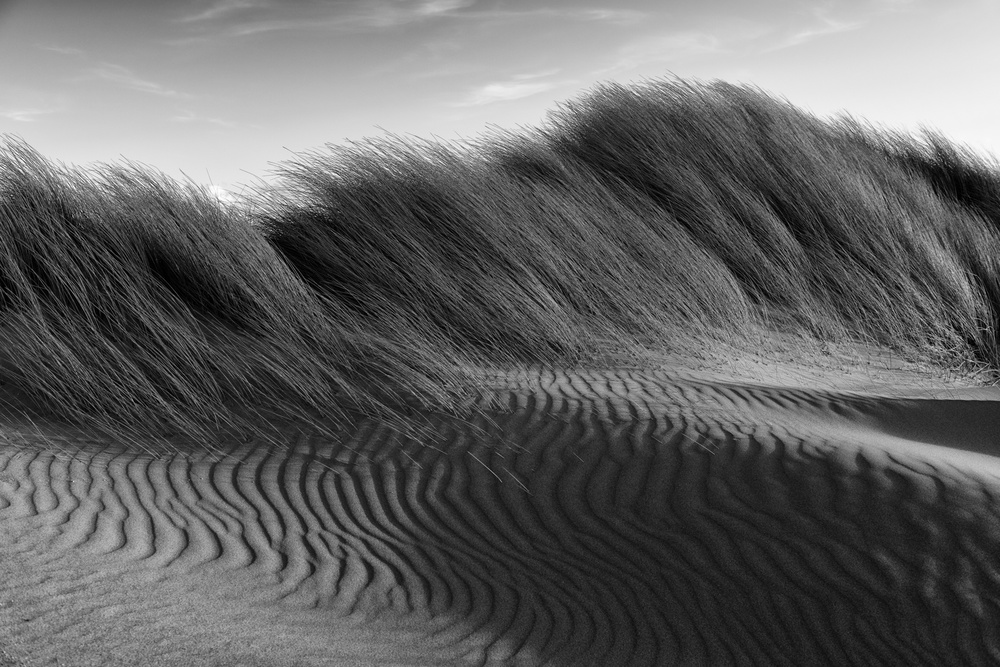
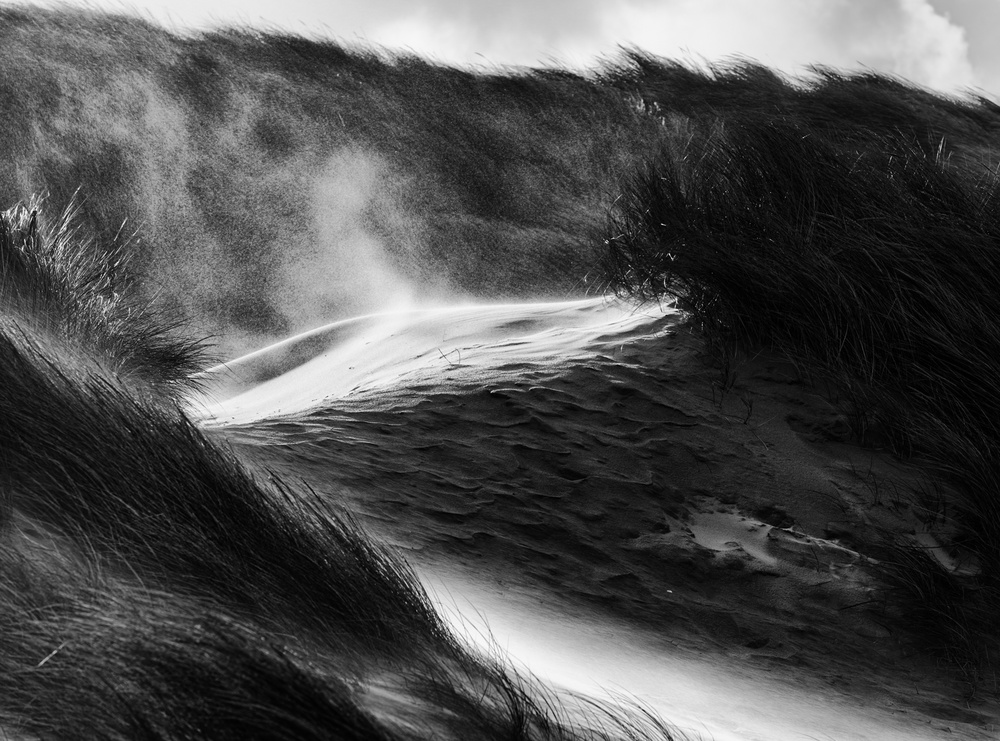
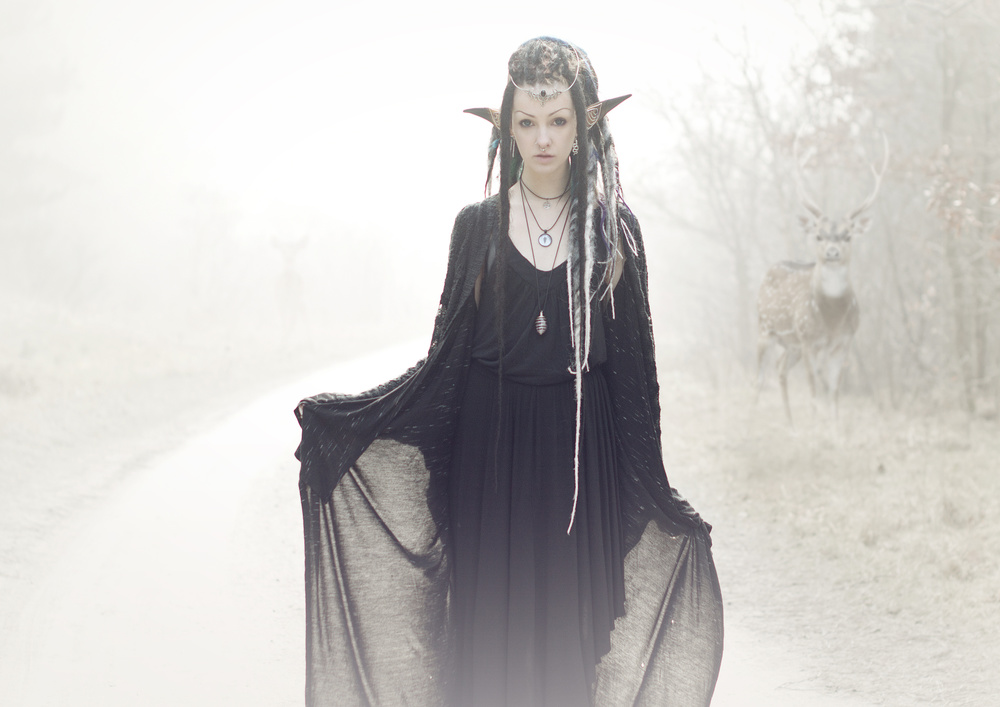
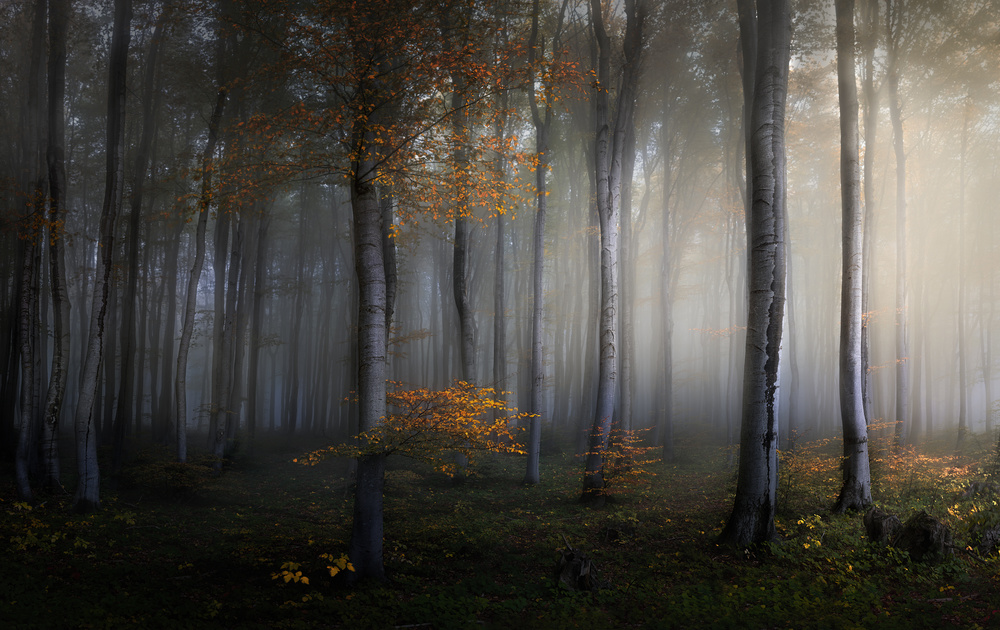
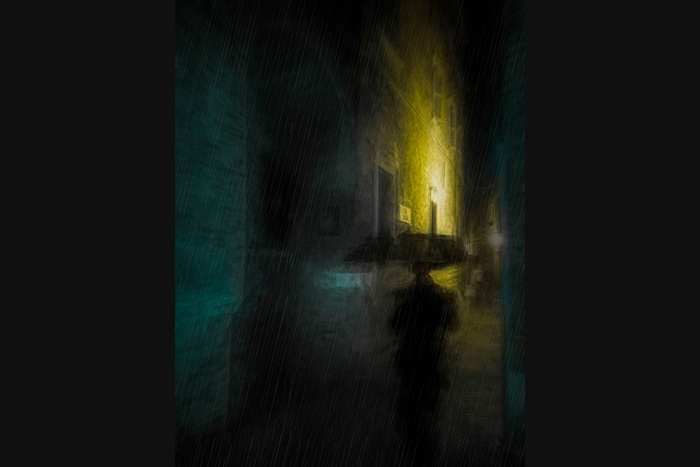
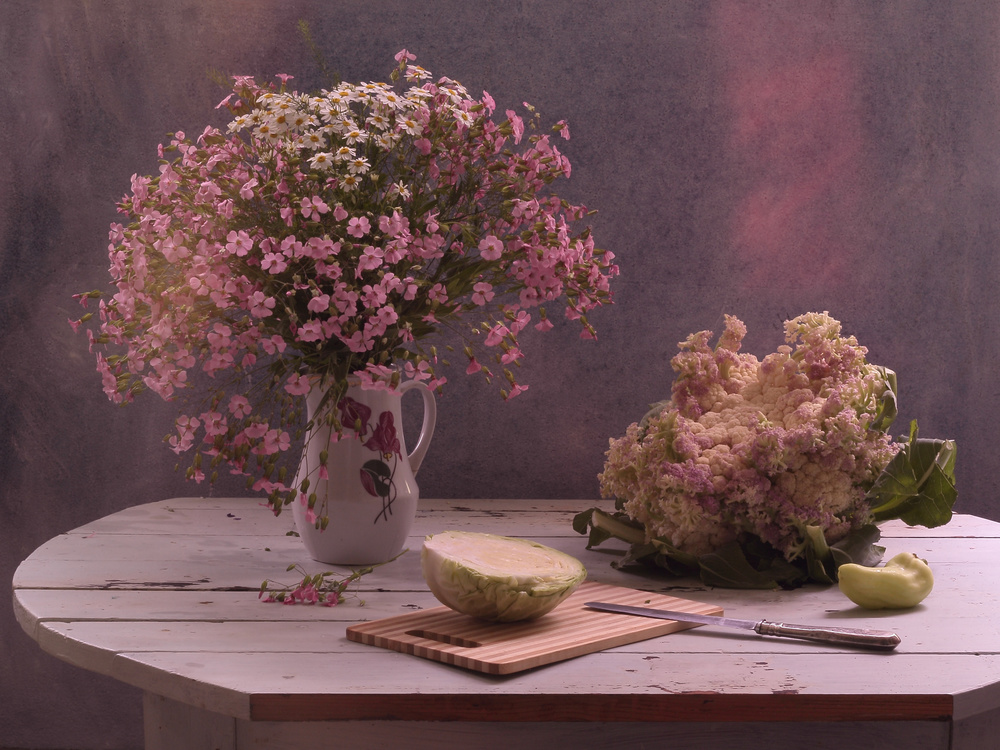


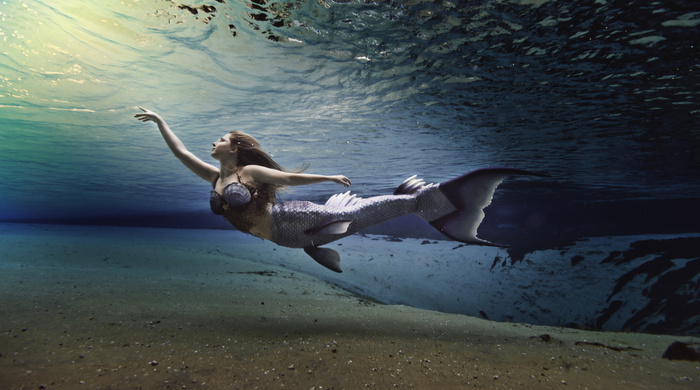
![Fstoppers Photographer of the Month (April 2018): Rebeca Saray [NSFW]](https://cdn.fstoppers.com/styles/large/s3/lead/2018/05/fstoppers_photographer_of_the_month_may_2018_rebeca_saray.jpg)
